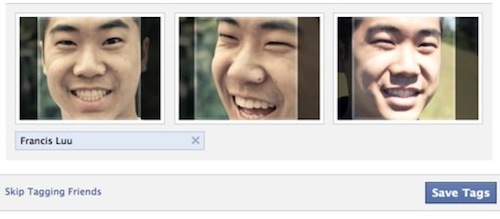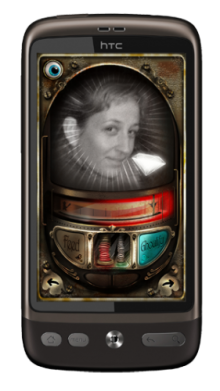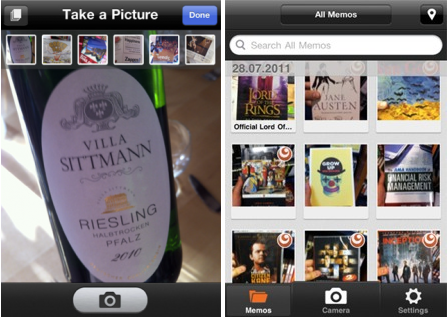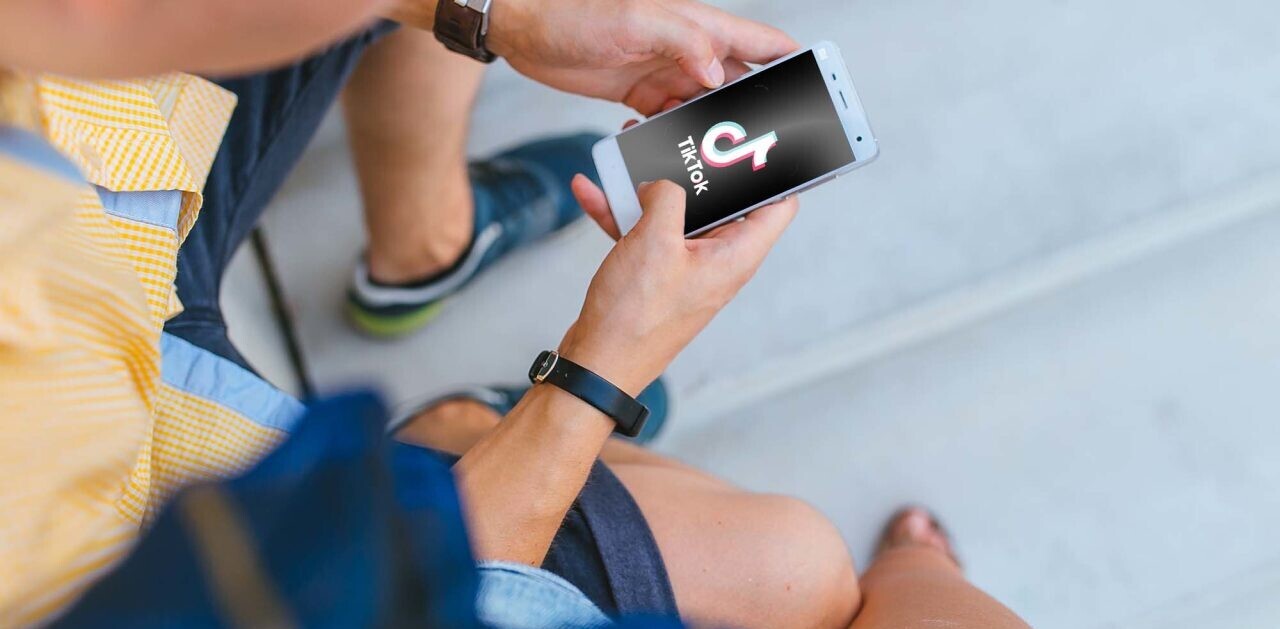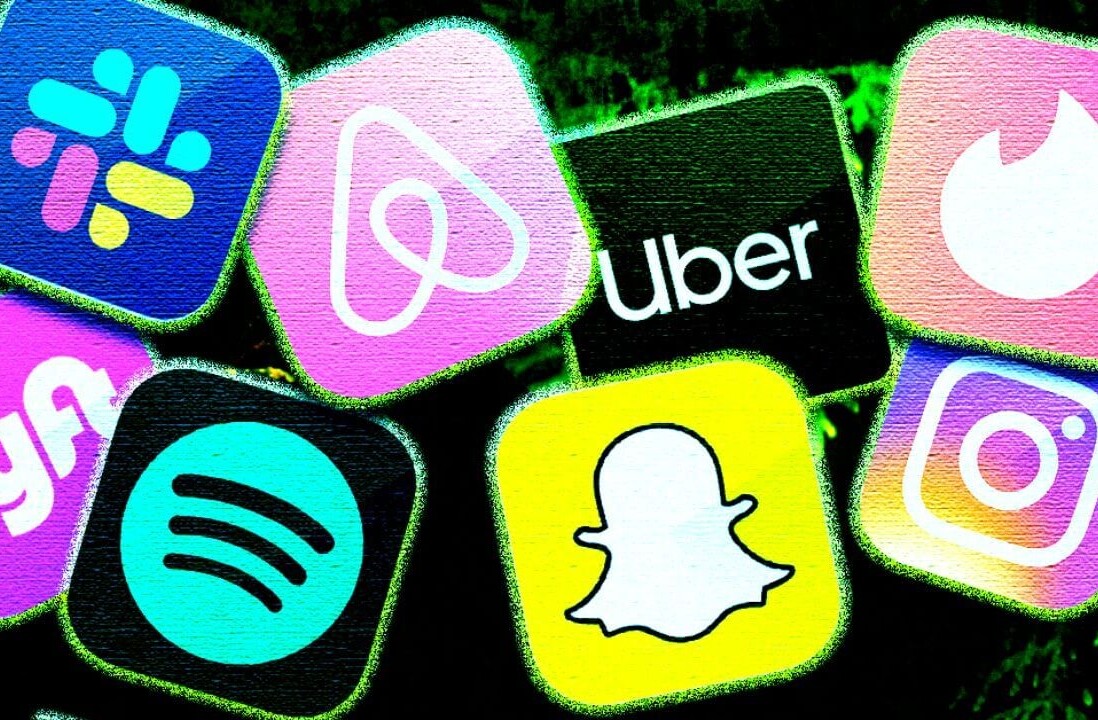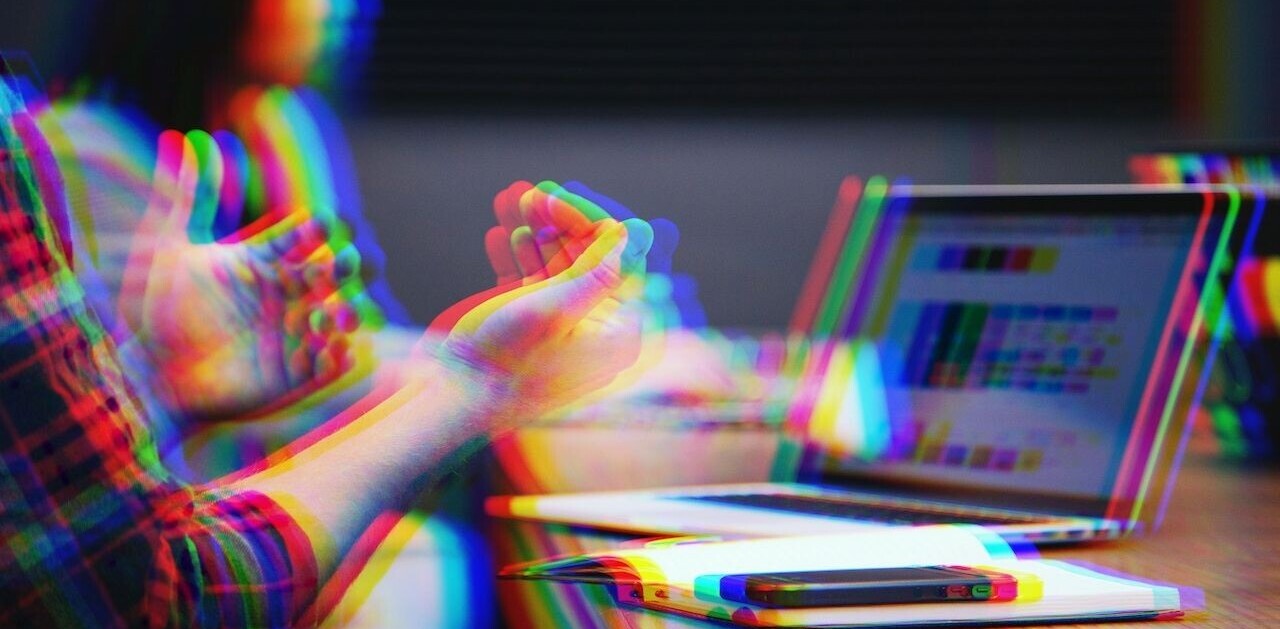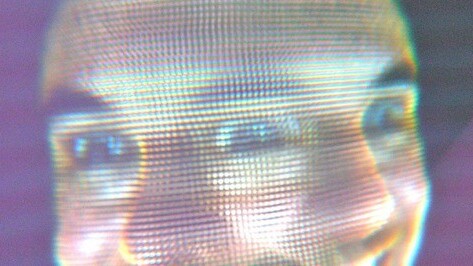
Image and face recognition is fast becoming a familiar feature in apps and on websites, potentially making life easier for all of us. It’s not without its controversies too.
Here are some of the ways that image recognition is changing the way we use and interact with technology.
Easy people tagging
Facebook’s automatic tag suggestion feature, which used face recognition to suggest people you might want to tag in your photos, got people hot under the collar earlier this year. However, whether you find it creepy or cool, face recognition for people tagging certainly saves time. It’s currently available in Apple’s iPhoto, Google’s Picasa and on Facebook.
Gaming
Image and face recognition is bringing a whole new dimension to gaming. Microsoft’s Kinect’s advanced motion sensing capabilities have given the Xbox 360 a whole new lease of life and opened up gaming to new audiences by completely doing away with hardware controllers.
Meanwhile, startup Viewdle recently launched a game that uses face recognition to decide whether you’re a human or vampire, setting the stage for a battle between the two species. We’re sure to see many more examples face recognition in games in the future too – with all kinds of interesting possibilities.
Price comparison
In a shop and want to find out if you’re getting a good deal? Just snap a picture of the product you want to buy and apps like Google Shopper and eBay-owned RedLaser will give you the kind of knowledge shopkeepers wish you didn’t have access to.
While RedLaser is a barcode scanning app, which can tell you how much an item you’re interested in selling for at nearby stores and online, Google Shopper throws in image recognition, meaning you can take a photo of the item itself instead. Purchases you scan can be saved in your history for later retrieval.
Making mental notes
If you take visual notes of things you want to remember using your mobile phone’s camera, you could do with taking a look at Deja Vu. This app helps you organise images you’ve taken as reminders, letting you add notes, tags and location data. Image recognition is built in to automatically tag and label many book covers, CDs, DVDs and wine labels, taking an extra step out of the process of getting yourself organized. See our more in-depth coverage here.
Identifying TV shows
One of a number of apps aiming to be ‘Shazam for TV’, TVtak is an app that identifies the TV show you’re watching, simply by pointing your iPhone’s camera at the screen. Within one second, it will work out exactly the show or ad that you are watching. From there, users will be able to share details of the show they’re viewing via Twitter or Facebook, with a comment attached. The Israeli startup behind it plans to allow advertisers to use it as a ‘call to action’, too. You could be watching an ad for a new snack; taking a shot of the screen with TVtak could then take you to a voucher entitling you to a free sample.
Still in beat and only available in Israel, TVtak’s rollout further could be slowed by the way it uses server-side monitoring of the output of multiple TV stations to allow for fast matching. Read more about it here.
Augmented reality
What can be said about Augmented Reality that hasn’t already? Overlaying virtual information on top of real life via mobile phone cameras or even special goggles has been one of the most talked about technological feats of recent times. While some uses can be gimmicky, using it to train engineers or to help consumers change printer ink cartridges shows that it has real, practical uses. See more of our coverage of augmented reality here.
Image Search
Google recently introduced the ability to search for images by comparing them to others. By uploading an image or giving Google an image URL, it will show you where that image is used on the Web, and display similar images too. The ability to search for matching images is a boon for photographers looking to check where their images have been used. It’s also great for checking if an image is what it said it was. During the recent London riots, a rumour spread on Twitter that a tiger had been set loose from London zoo. Searching using Google’s tool revealed that the supposed photographic evidence came from a 2008 tiger escape in Italy and the streets of London were free of wild animals (well, of the non-human variety, at least).
Meanwhile, its success rate at finding similar images is currently patchy, as a recent Search Engine Land report discovered.
Solving Sudoku puzzles
This may not sound like much, but when you try it you’ll be amazed. Google’s Google Goggles app is a ‘Swiss army knife’ of image recognition tools, and one of the most impressive and practical uses it solving Sudoku puzzles. Just take a photo of the puzzle and within seconds it will give you the full solution. Sure, it’s cheating, but it’s also incredibly cool to see in action.
Security
Face recognition could one day replace password logins on our favourite apps – imagine logging in to Twitter with your face, for example. Just look at this demo we recorded at Manchester University last year, where researchers were working on creating consumer-focused face recognition technology for security applications. It’s not fooled by photographs, either! A number of well-known companies are reportedly interested in integrating the technique into their products.
Revealing more about yourself in public
Okay, most people will think that this is where things become just a little creepy. Imagine holding your phone up to someone’s face and seeing links to their social networks? It could be useful at meetings and conferences, but you could also check out the backgrounds of strangers in the street. That’s why this application of the technology is controversial, and hasn’t seen widespread use yet. Sure, Google could integrate something like this into Google Goggles, but would it want to? The backlash against Facebook’s tag suggestions was enough to show that the public isn’t quite ready for face recognition to go social.
Still, this video from TAT shows what it could look like. This was widely circulated a couple of years ago but as far as we can see it never reached the market, perhaps because Apple bought Polar Rose, the company behind the face recognition tech it used.
Get the TNW newsletter
Get the most important tech news in your inbox each week.
